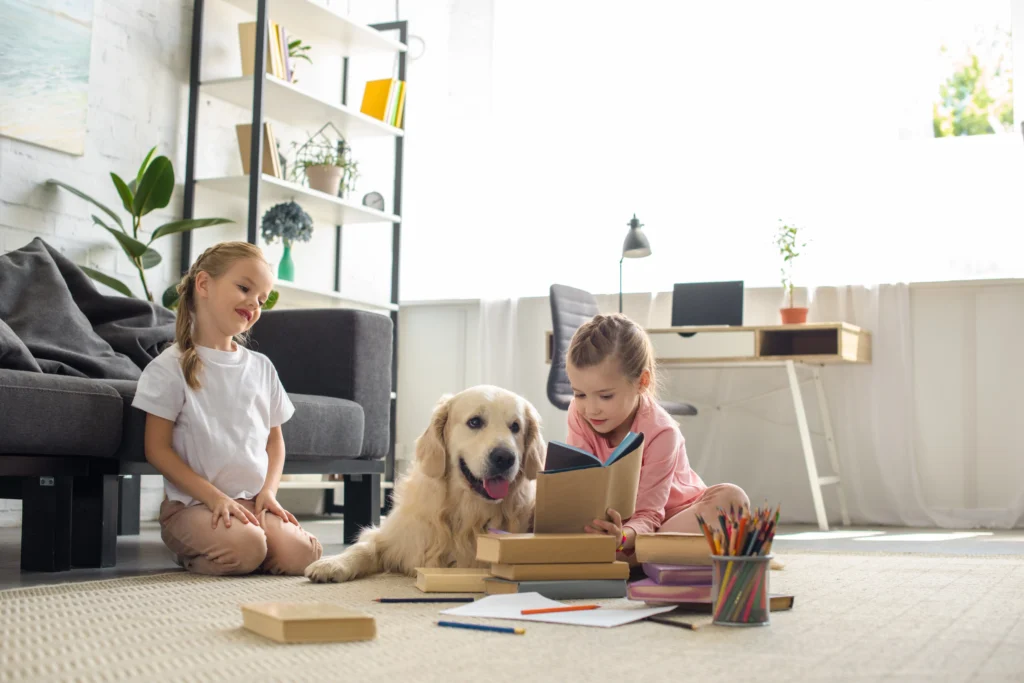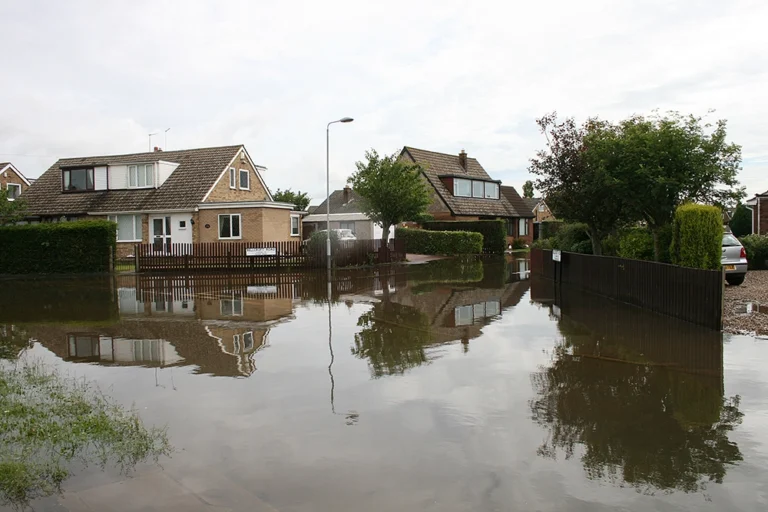Fleas are a resilient pest that can be challenging to eliminate on your own. By working with a professional flea control company, you’re giving yourself the best chance for success. But to ensure your professional flea treatment is as successful as possible, there are a few things you should do beforehand. Make sure these are all completed by your scheduled appointment time.
Here’s how to prepare for your professional flea treatment, and what to do and expect after the treatment is done.
Things to do before your professional flea treatment:
- Vacuum thoroughly: Pay special attention to areas where pets sleep or rest. Vacuum any furniture that pets are allowed on. Make sure to do so between and under cushions.
- Launder any affected pet bedding: If infestation is heavy, you may want to dispose of the bedding instead.
- When you’re done vacuuming, dispose of it: Seal the contents in a plastic garbage bag and dispose of the bag in an outside trash receptacle. Without this step, more fleas may hatch and emerge.
- Keep the area clear: Remove any boxes or any other items that could prevent access to areas that need treatment.
- Make arrangements to leave the premises while treatment is taking place: Pets and birds must also leave. Fish can remain if tanks or bowls are properly covered and the air compressor is unplugged.
What to do after professional flea treatment
- Wait until the treatment has dried: Keep babies and their toys off floors for at least 24 hours after the treatment has dried. Aside from this, once the treatment has dried, you can resume all other normal activities.
- Do not steam clean your carpet or mop your floors until the treatment has been given sufficient time to work: It needs to be left alone until fleas have had a chance to hatch from egg to larva, or develop from pupa to adulthood. This takes about one week.
- You will likely notice some adult fleas after the treatment: This is normal. It means the treatment is working. Vacuum any adult fleas you find.
- Talk to your vet for help treating your pet: Pest control companies don’t treat pets. If your pet has fleas, they will require a separate treatment from the interior treatment.
What to expect after professional flea treatment
Due to the fact that fleas can live and reproduce simultaneously on your pets, inside your home, and outside, you’ll need to make sure that fleas are eliminated from all of these areas, or you risk reinfestation.
Be sure to discuss your pet’s flea control needs with your veterinarian, and your outdoor flea control needs with your pest specialist.
- You will likely see more fleas. We repeat this because this is the most important expectation. The treatment kills adult fleas, but it forces the pupae (cocoons) to hatch. You may see a surge in flea activity 7-14 days after treatment. This is a sign that the treatment is working.
- Vacuum daily. Vacuum often in the days immediately following your treatment. Do not wash or shampoo your carpet, as it decreases the effectiveness of the treatment. Vibrations force the eggs to hatch, which exposes the fleas to treatment. Focus on hot spots. Pay special attention to carpets, rugs, baseboards, under furniture, and especially areas where pets rest.
- Wash pet bedding: Similarly, wash your pet’s bedding as much as possible in the days after treatment. Use the hottest washer and dryer settings possible.
- Dispose of vacuum contents: Immediately empty your vacuum canister or seal the vacuum bag in a plastic bag and dispose of it in an outdoor trash can.
- Treated pets: Fleas will continue to jump on your pets. If your pet is on a vet-approved flea preventative (topical or oral), they essentially become a walking flea trap, killing any new fleas that emerge and try to feed.
Why Is Flea Treatment Prep and Aftercare So Important?
It’s hard to understate how important following these preparation and aftercare instructions really are in determining the overall success of your treatment. Here’s why they’re so critical to the overall treatment success:
- Vacuuming beforehand exposes the hidden infestation (eggs and larvae) so the treatment can make physical contact.
- By vacuuming, you’re not just removing fleas – you’re also forcing the chemical-resistant cocoons (pupae) to hatch, exposing the emerging fleas to the insecticide.
- Treating the pet eliminates the flea’s food source, which prevents the entire infestation cycle from restarting.
Have Questions About Professional Flea Treatment? Give Us a Call
At Action Pest Control, our goal is to help you eliminate fleas in your home – and to have the best chance of success, it’s important to do a few easy things in preparation. However, this guide is intended as a general resource, and doesn’t take into account specific details about your situation.
If you have questions about your flea treatment, don’t hesitate to give us a call.



